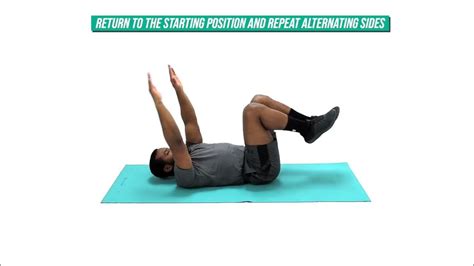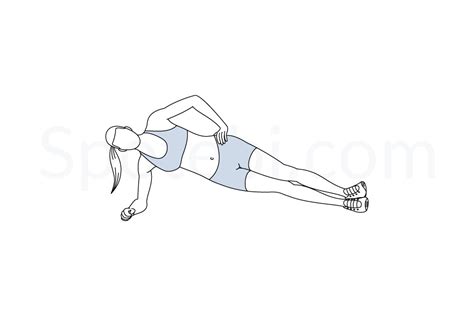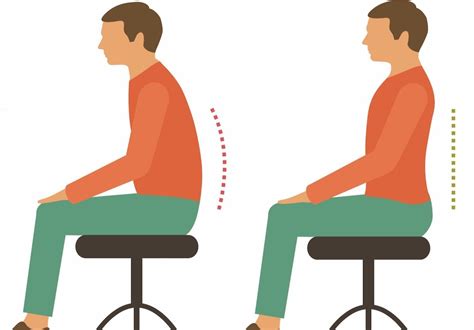Why a Strong Core is Your Best Defense Against Back Pain
Lower back pain is a pervasive issue, affecting millions worldwide. While numerous factors contribute to its onset, a weak or unbalanced core is frequently a significant culprit. Your core muscles act as a natural corset for your spine, providing stability and support. When these muscles are weak, other structures, particularly the lower back, compensate, leading to strain, injury, and chronic pain.
Developing a strong and resilient core is not just about aesthetics; it’s fundamental for functional movement, good posture, and, critically, safeguarding your lower back from everyday stresses and strains. By proactively engaging in targeted core exercises, you can build a robust foundation that protects your spine and enhances your overall well-being.

Understanding Your Core: More Than Just Abs
When most people think of the core, they immediately picture the rectus abdominis, the ‘six-pack’ muscles. However, your core is a complex network of muscles that includes much more: the transverse abdominis (deepest abdominal muscle), obliques (side muscles), multifidus (deep back muscles), erector spinae (back extensors), glutes, and even the diaphragm and pelvic floor muscles. A truly strong core means strengthening all these components, ensuring balanced support for your entire torso.
Key Core Exercises to Prevent Lower Back Pain
Here are some of the most effective core exercises known for their ability to stabilize the spine and prevent lower back pain. Remember to focus on controlled movements and proper form over speed or repetitions.
1. The Plank
The plank is an isometric exercise that engages nearly all core muscles. It teaches your body to stabilize the spine against gravity. Start on your forearms and toes, keeping your body in a straight line from head to heels. Engage your glutes and abs, avoiding any sagging or arching of the back. Hold for 30-60 seconds.
2. Bird-Dog
This exercise improves balance and coordination while strengthening the core and lower back. Begin on all fours, hands directly under shoulders and knees under hips. Slowly extend one arm forward and the opposite leg backward, keeping your back flat and hips stable. Hold briefly, then return to the start. Alternate sides.

3. Dead Bug
The dead bug is excellent for training anti-extension, preventing your lower back from arching. Lie on your back with knees bent at 90 degrees over your hips and arms extended towards the ceiling. Slowly lower one arm and the opposite leg simultaneously, keeping your lower back pressed firmly into the floor. Return to the start and alternate sides.
4. Pelvic Tilt
A gentle yet effective exercise for engaging the deep core muscles and improving spinal mobility. Lie on your back with knees bent and feet flat on the floor. Flatten your lower back against the floor by tightening your abdominal muscles and tilting your pelvis slightly upwards. Hold for a few seconds, then release. This is often used as a warm-up.

5. Side Plank
This variation of the plank specifically targets the obliques and quadratus lumborum, crucial muscles for lateral stability. Lie on your side, supporting your body on one forearm and the side of your foot (or knees for an easier modification). Lift your hips off the floor, forming a straight line from head to feet. Hold for 30-60 seconds per side.

Tips for Effective Core Training
- Consistency is Key: Aim for 3-5 core workouts per week.
- Focus on Form: Quality over quantity. Incorrect form can do more harm than good. Consider watching videos or consulting a fitness professional.
- Engage Your Breath: Proper breathing (diaphragmatic breathing) can enhance core engagement.
- Listen to Your Body: If an exercise causes sharp pain, stop immediately. Modify exercises if needed.
- Progress Gradually: As your strength improves, increase hold times, repetitions, or try more challenging variations.

Conclusion
Incorporating a routine of targeted core exercises into your fitness regimen is one of the most proactive and effective steps you can take to prevent lower back pain. A strong, balanced core provides the essential stability and support your spine needs to withstand daily demands and movement. Remember that patience and consistency are vital. Over time, these exercises will not only alleviate existing discomfort but also build a resilient foundation for a pain-free and active life. If you’re experiencing chronic or severe back pain, consult with a healthcare professional before starting any new exercise program.




